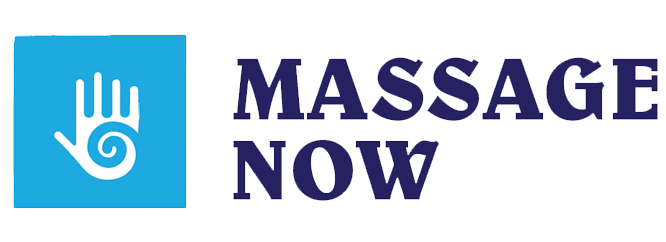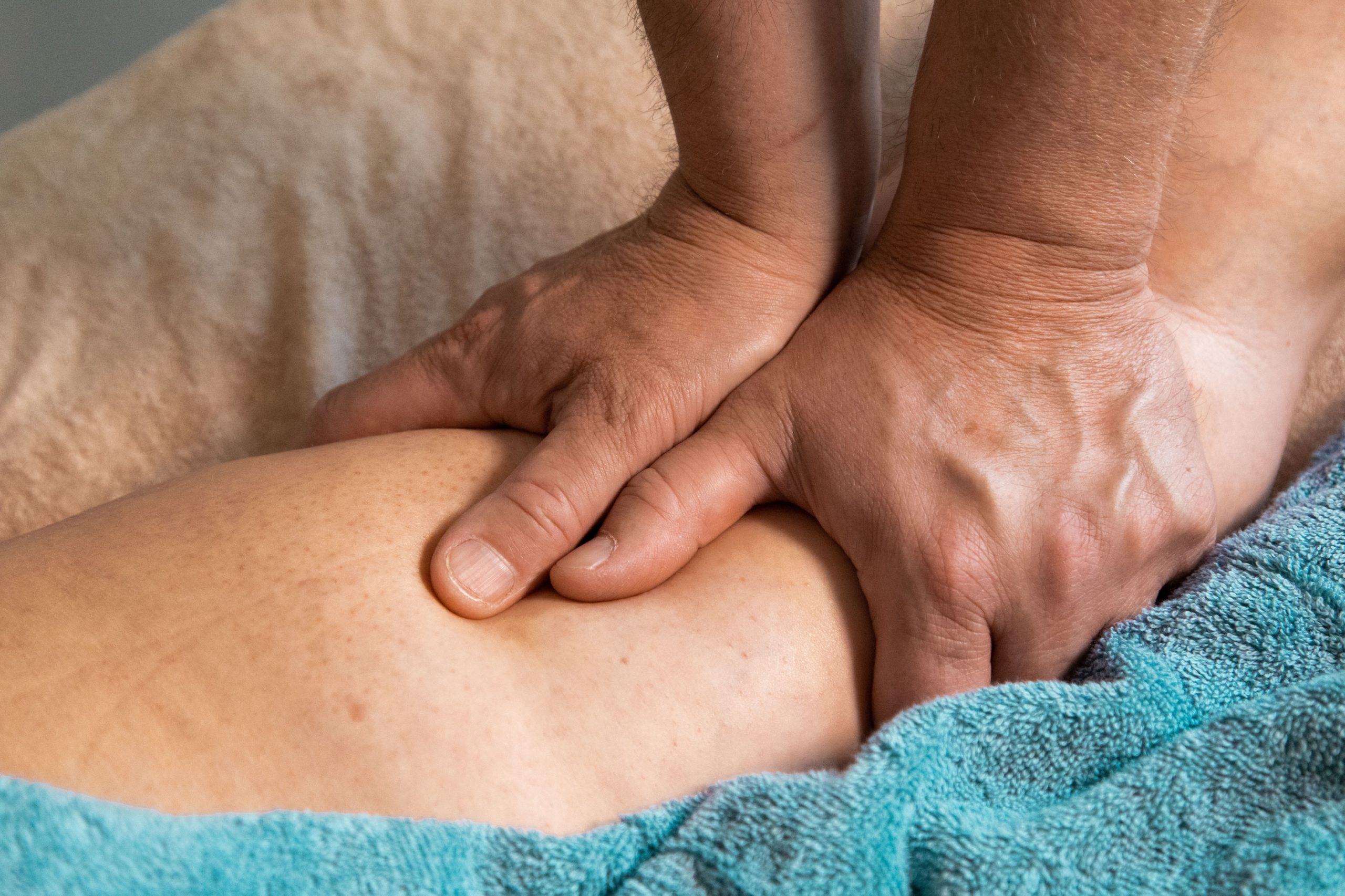Deep tissue massages are one of the most popular spa treatments, but if you haven’t had the opportunity to experience one, you may not know what to expect or if it’s the right service for you.
This Q&A guide will answer several commonly asked questions, including, “how does a deep tissue massage work?”
What is a deep tissue massage?
A deep tissue massage is a therapeutic service that is frequently used to treat sports injuries, muscle strains, and chronic pain. It can also help break up scar tissue and assist in the healing process, making it a popular option among athletes.
How does this massage work?
During deep tissue massages, your trained therapist will use their palms and fingers to firmly knead your inner muscle tissue, using varying pressure as necessary.
Although this may sound similar to the technique used during a Swedish massage, the targeted muscle area differs. Instead of focusing on superficial muscles, or those immediately under your skin, deep tissue massages focus on inner muscles and layers of connective tissue that aren’t typically targeted during a Swedish massage.
Deep tissue massages can be used to treat a specific area, like your shoulder, hamstrings, or back, or your therapist can provide a full-body deep tissue massage.
To help determine the best option for treatment, your massage therapist will talk with you before the start of your session to ensure that they target any specific problem areas.
Will a deep tissue massage hurt?
The massage can help you cope with chronic or injury-related pain, but you may experience some soreness immediately following your treatment.
This soreness is typically mild to moderate and will diminish within a few days. If you experience massage-related soreness, you can find relief through heat (e.g., warm bath, heating pad), cold wraps, or over-the-counter pain relievers as needed. Although post-massage soreness may be common, you should never feel extreme or prolonged pain during or following a deep tissue massage.
Is it right for me?
If you have injury-related or chronic muscle pain, this massage can be a great tool to help you find relief and improve your quality of life. However, this particular massage service isn’t for everyone.
If you suffer from any of the following conditions, you may want to consider an alternative therapy or consult your doctor before scheduling:
- Blood clots
- Bleeding disorders
- Any conditions that require the use of blood thinners
- Osteoporosis
- Cancer, specifically during treatment
Are there side effects?
Deep tissue massages target the inner layer of muscles, and your therapist will likely use an increased amount of pressure. This may cause temporary muscle soreness.
In addition, because this service can help your body release metabolic waste stored in tissue, some patients may temporarily experience nausea, headaches, or flu-like symptoms.
How often should you get a deep tissue massage?
The frequency with which you should get this service depends on your body and any injuries or chronic pain issues you may experience.
You can speak to your massage therapist to determine the proper regiment based on your needs. That said, if you’re considering a deep tissue massage as a means to cope with injury or chronic pain, you may want to schedule a massage every two to three weeks at a minimum until your issue improves.
What are the benefits of deep tissue massage?
Like other forms of massage therapy, a deep tissue one can provide a wealth of benefits, including reduced pain and tension throughout the body.
However, clients typically experience the following benefits:
- Decreased inflammation
- Improved blood flow
- Reduced pain and tension
- Improved range of motion
- Relief from the following:
1. Sports injuries
2. Tennis elbow
3. Sciatica
4. Plantar fasciitis
5. Fibromyalgia
This massage can provide a unique form of relief to muscle pain, and for many clients, it’s a welcome option that can complement other forms of therapy and pain management.
Not sure if it’s right for you? Contact us today to discuss our services to determine the right option to meet your needs.


